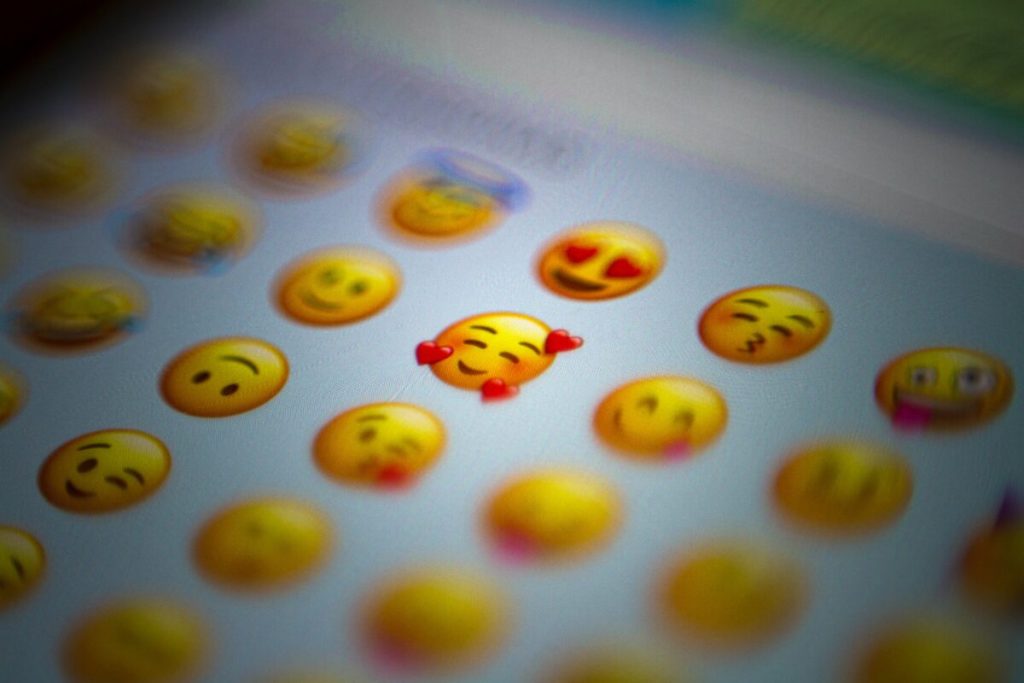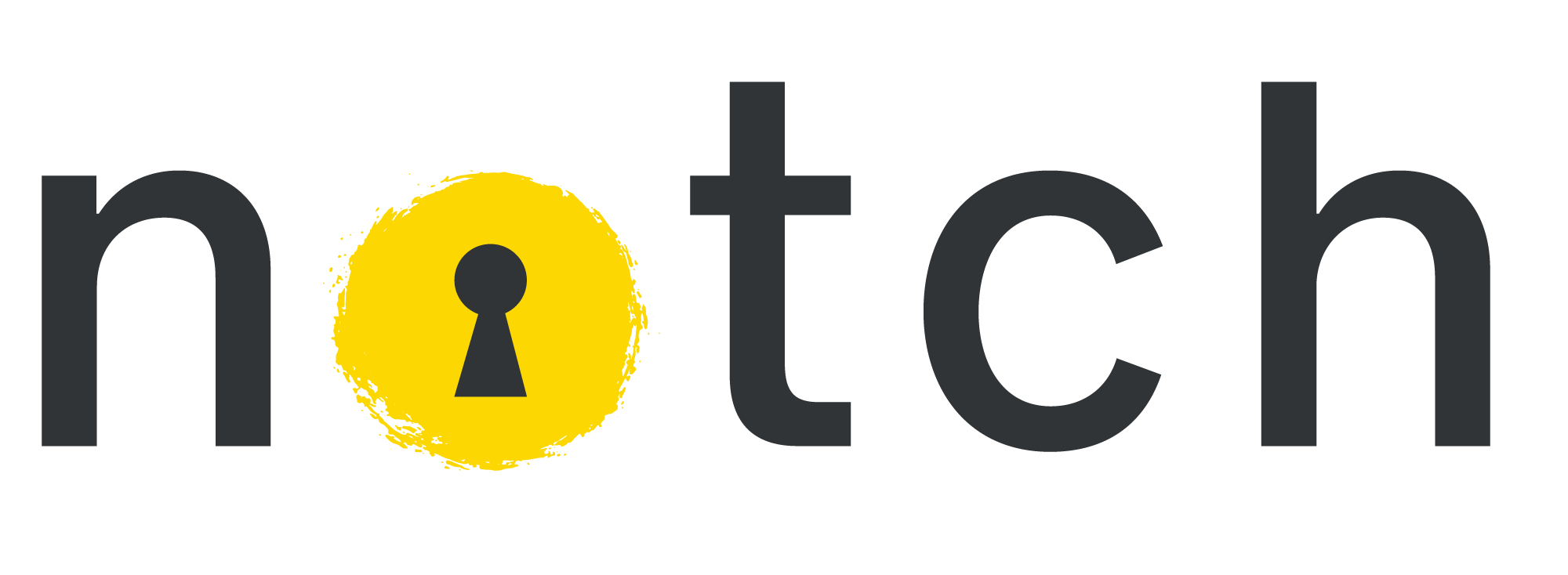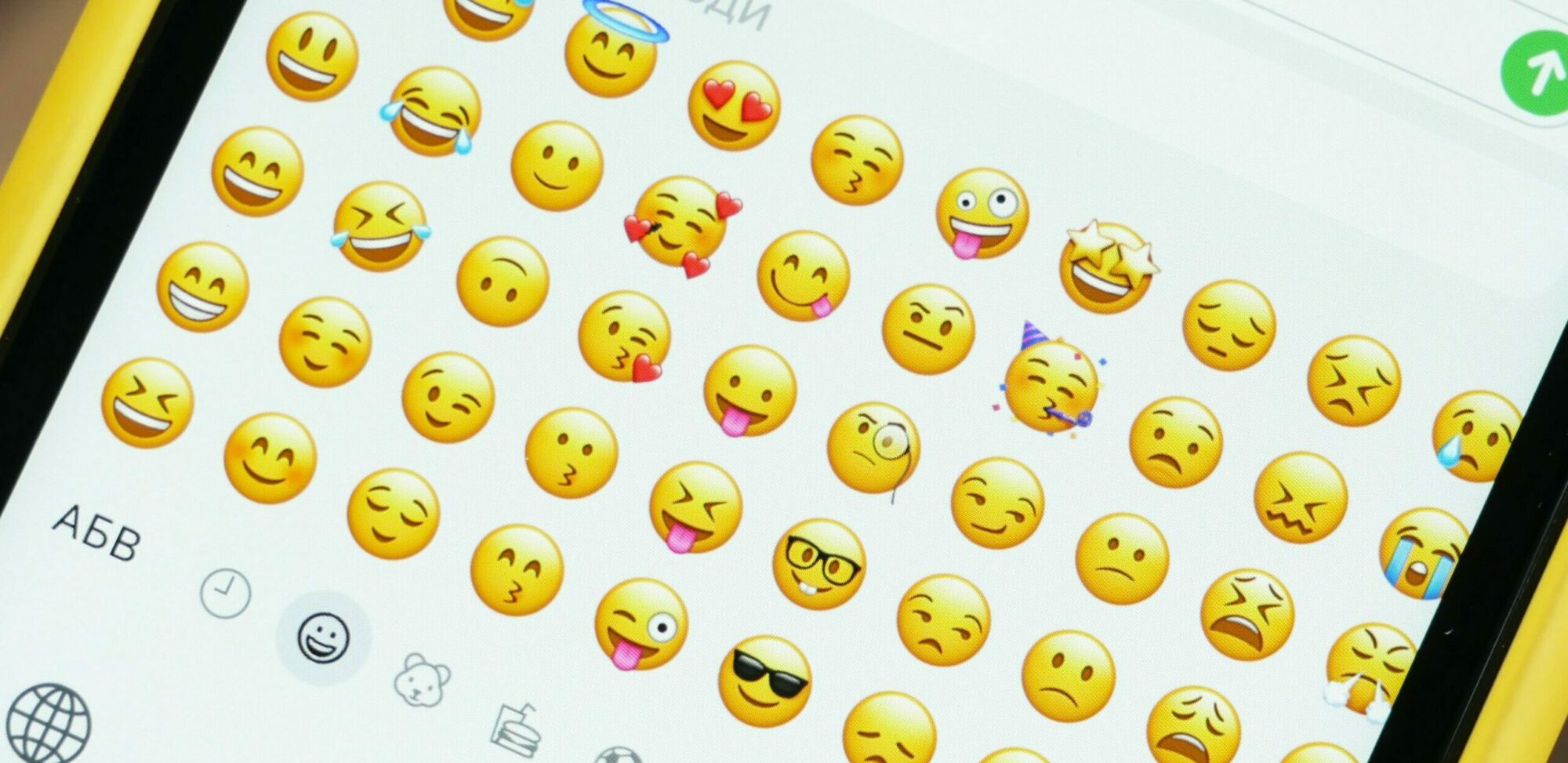Emojis are everywhere. That’s an undeniable fact. Currently, 3,521 emojis are out in the wild, with the latest update in September 2020 bringing us 217 new ways to emote. There’s a lot we can learn from our use of emojis, such as how our use of positive emoji faces declined by 5.63% in the last year. Depressing yet interesting statistics aside, there’s whole branches of science looking into how emojis are changing us, which – besides being pretty neat in general – has some interesting implications for B2B marketing.
Emojis are creating brand new brain patterns
Humans are generally pretty good at subconsciously mimicking each other’s’ emotional states. It’s called ‘emotional contagion’, and we’ve recorded it in other primates, dogs, and even chickens. There are a number of suggestions as to why it evolved in the wild, but one common theory is that it helped animals that live in groups to avoid predators, as they would respond to each other’s reactions upon sensing a threat.
Rewind back fast forward back to the 21st century and emotional contagion is the basis of human empathy and a big factor in how we build relationships. It’s easy to read the intention and emotion behind someone’s words when you can see their face during a conversation, or even the tone of voice on the phone. But strip that all back to basic text on a screen and emotional contagion becomes a bit more difficult.
This is where the original emojis come into play. In 2014, scientists showed 20 participants a number of images of a human face, as well as the text-based emoticon: :-). They discovered that the same parts of our brain that fire up when we look at a human face also activate when looking at emojis. And as you might have guessed, similar effects ensue. Not only might our mood alter to reflect which emojis have just passed our glance, but we might also alter our own facial expressions to match them.
What’s even more interesting however, is that when scientists inverted the text-based emoji to be upside down compared to its traditional format, the brain failed to recognise the emoji as a face. This reinforces the idea that an innate neural response to emoticons does not exist. That is to say, a baby wouldn’t recognise the text-based emoji as a face regardless of which way up it was presented. The fact that we’ve learnt to recognise the punctuation, and emojis as a whole, as a face shows a culturally-created neural response.

Emojis are changing the way we speak
There is significant evidence that emojis are also impacting our vocabulary as well. In an in-depth study into emoji use on the platform, Instagram monitored the text habits of four groups of new users chosen between late 2012 and early 2014. In these groups, Instagram observed the percentage of text posts using emojis and the number of posts using internet slang such as: “xoxo”, “omg”, “lol”, “haha” etc.
All four groups showed similar patterns. Initially, the number of posts containing slang or emojis were relatively close to each other. As the years went on however, a strong negative correlation was observed. As users started using emojis more, reaching around the 40% mark of all their posts by the end of the study in 2015, slang dropped dramatically, to as low as 5%. And while we know correlation doesn’t necessarily mean causation, it certainly gives us quite striking food for thought.

Should we use emojis in B2B marketing?
So, after all this the question remains: should you use emojis in science marketing? Luckily for us, there have been ample studies, both small and large, and the evidence is pretty overwhelmingly in one direction.
One simple A/B study ran two ads with exactly the same content side-by-side on Twitter with one ad including emojis and one without. The results were pretty telling. The emoji-containing ad saw 25.4% higher engagement and 22.2% lower cost per engagement.
Another study looked at including emojis in email subject lines and found some interesting cultural differences. While some mainland European countries, such as Spain or France, did not particularly alter their open rates with the inclusion of emojis, with France actually taking a small dip, the UK and the US were a totally different story. The study found that, on average, Americans were 43% more likely to open emails with emojis in the subject line, growing their open rates to 27-29%, depending on the emoji used, compared to a 19.5% control.
There’s one more study that is of particular interest to science industry marketing, however. After analysing four billion push notifications for emoji use, a 2020 study found that industries that one would consider more conservative actually benefited the most from emoji use. While B2C-focused industries such as Food and Delivery saw a net increase of 45% in their click-through-rates, B2B industries like Business and Finance saw a net increase of 128% to their click-through-rates, rising from 5.46% to 12.45% and proving once and for all that emojis are not just for consumer-focused businesses.
It’s always worth running some A/B tests to see if content featuring emoji use will work for you and your unique audience, but hopefully the above studies have at least given you some drive to try it out. Pharmaceutical marketing, similar to the financial industries in the study above, has been slow to adopt these new trends, yet a lot of potential awaits early adopters.
So yes, use emojis in your B2B scientific marketing until your heart’s content.
_____________________________________________
If you enjoyed this blog and want to learn more, get in touch with @JoeyRelton and @NotchCom to learn more, or check out ‘The Everyday Science of Emojis’ podcast on The Scientific Podcasting Network.

